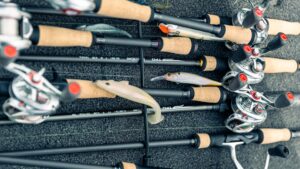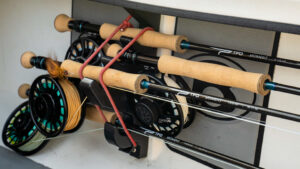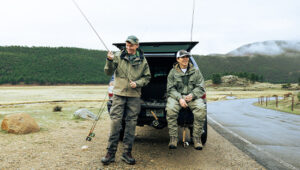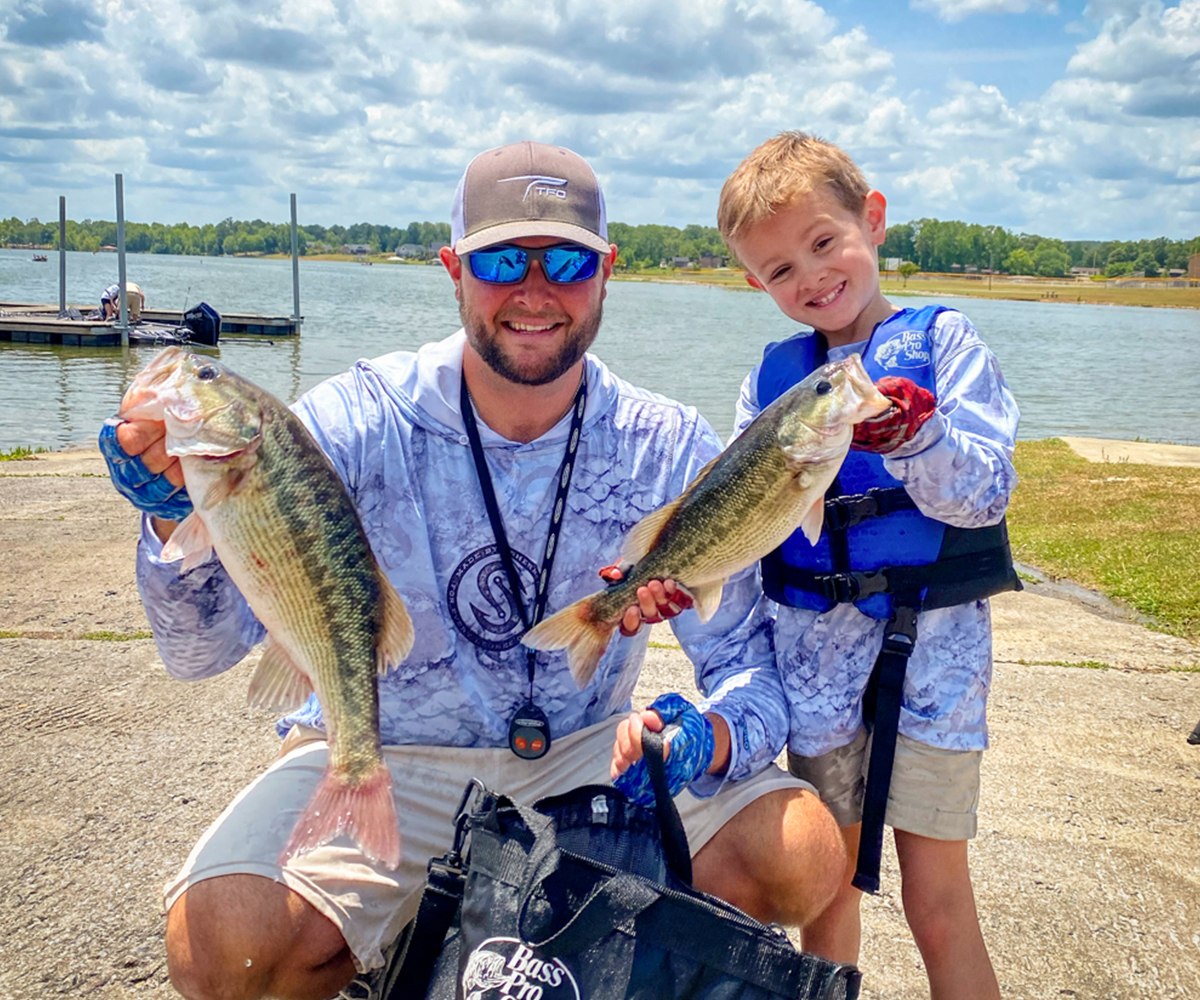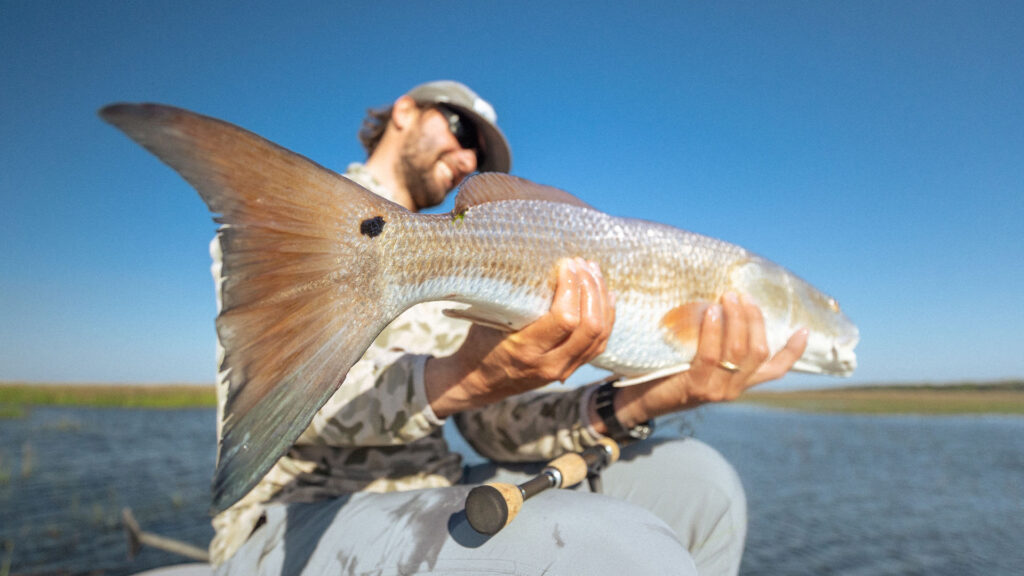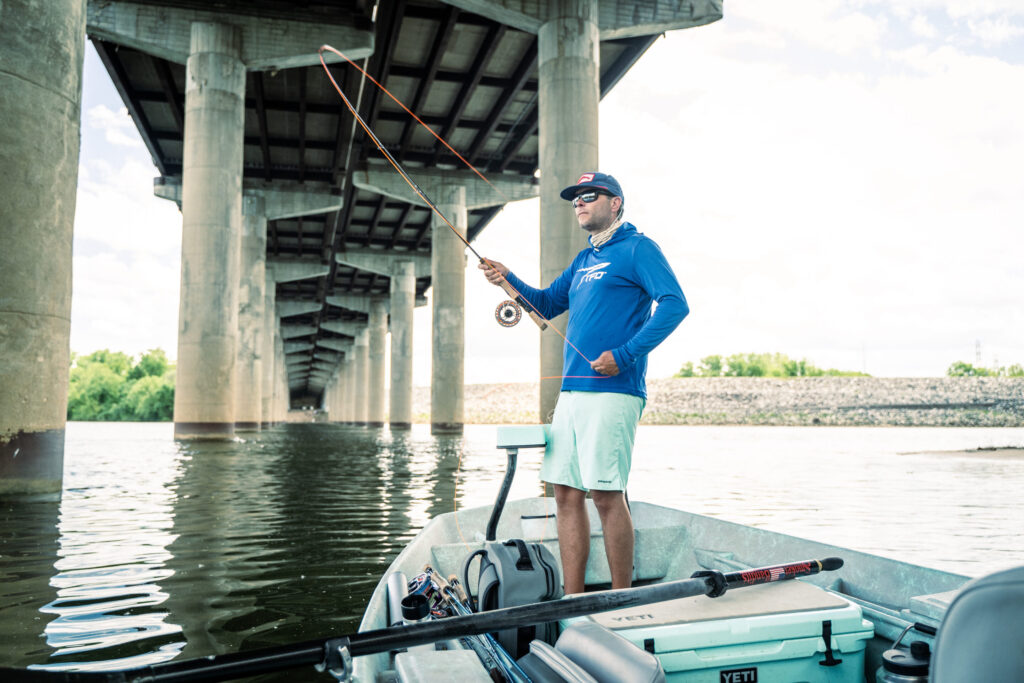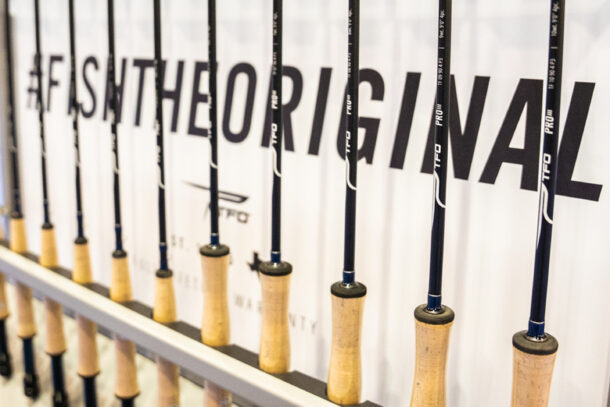Often thought of as one of the toughest times to consistently catch quality bass, the late spring to early summer transition can be a challenge at times – but can also be extremely rewarding! The key is truly being versatile and not getting stuck with just one game plan in mind.
When bass finish up with their annual spawning rituals, there is a lot going on in their tiny little brains. First off is recovery – the spawn is a stressful time for a bass where they are particularly vulnerable, and are often caught by the lucky angler that lands the perfect cast on their bed. With this being said, the recovery period where a post spawn fish just truly won’t bite doesn’t last long!
Location
Within a matter of days, a typical shallow water spawning bass will make its way offshore looking for the most healthy environment to post up in, where feeding opportunities come easy, and the water quality is the best. In most lake situations, deep water is the key to consistently catching post spawn bass.
How deep those post spawn bass might go is greatly dependent on water clarity. In muddy water situations, such as current oriented rivers and reservoirs, “deep” might be 8 to 12 feet, whereas on clear water lakes, bass might spend their post spawn days in 15 to 35 feet of water. The clarity truly makes a big difference.
Knowing where bass spawn is also very important to finding where they hang out post spawn. It’s very important that an angler must understand that different species of bass will spawn in different locations! While largemouth typically spawn in shallow protected pockets and creek arms, spotted bass and smallmouth bass often spawn on main lake banks, points, humps, and road beds. The key is finding deep water such as a point, a ledge, a brush pile, or a grass line! These places provide a safe environment that is normally rich with oxygen and baitfish where the bass can begin to feed and regain strength!

Photo: Joey Nania
Setups
Your bait selection is the final key to catching post spawn bass, and a lot of that depends on the main forage base and the type of deep water your lake of choice has to offer. As a rule of thumb, I like to keep fast moving reaction baits and slower baits ready to go in my arsenal.
For your reaction baits, as the fish begin to recover, chatterbaits and swimbaits can be great fish catching tools. For my personal Chatterbait setup I rely on the 7’4” Medium Heavy TFO Tactical Glass Bass Rod (TAC GB CB 745-1). The balance between tip and backbone on this rod is absolutely perfect, and with light weight high quality components, I rarely miss a bite.
For my swimbait, I love the 7’4” Medium Heavy TFO Tactical Elite Bass Rod (TLE LW 74CB-1). While also being perfectly balanced, this rod has just a touch more sensitivity that allows me to detect and capitalize on light bites in deep water. For my post spawn slow moving techniques, I also keep things pretty simple rotating between a Ned Rig, a Drop Shot, and a Carolina Rig.
When Ned Rigging and drop shotting post spawn deep water bass, the 7’1” Medium Light TFO Tactical Elite Bass Rod (TLE MBR S 713-1) is absolutely perfect! Sensitivity in these situations is critical, and this rod is built to perfection.
For my Carolina Rig and truly the majority of my heavy line techniques, the 7’3” Heavy TFO Tactical Elite Bass Rod (TLE MBR 736-1) is the one I trust the most!

Photo: Joey Nania
Versatility
With all of this deep water talk, you truly do need to keep an open mind when targeting bass in any season. Remember the principal that not all bass do the same thing or behave the same at the same time! On any given day, there are tons of different ways to catch a bass and while typical post spawn fishing revolves around deep water fishing, the shallow bite should never be ignored!
When bass are finishing up their spawn, many other species such as bluegill and shad are just beginning their annual spawning rituals! With that in mind, baits such as topwater walking baits, frogs, swimjigs, and flipped soft plastics can be used with success for post spawn bass. The key for the shallow bite is low light. This traditionally means early in the morning or late in the evening but cover such as docks, grass beds, and over hanging trees can hold post spawn bass throughout the course of the day.
Keep an open mind and never kick a dead horse too long. If you do these things and rotate through all of the possible options, you will greatly reduce your bad days on the water!
Blog written by TFO Ambassador and Bassmaster Open Champion Joey Nania. You can find out more about Joey here.

![]()
